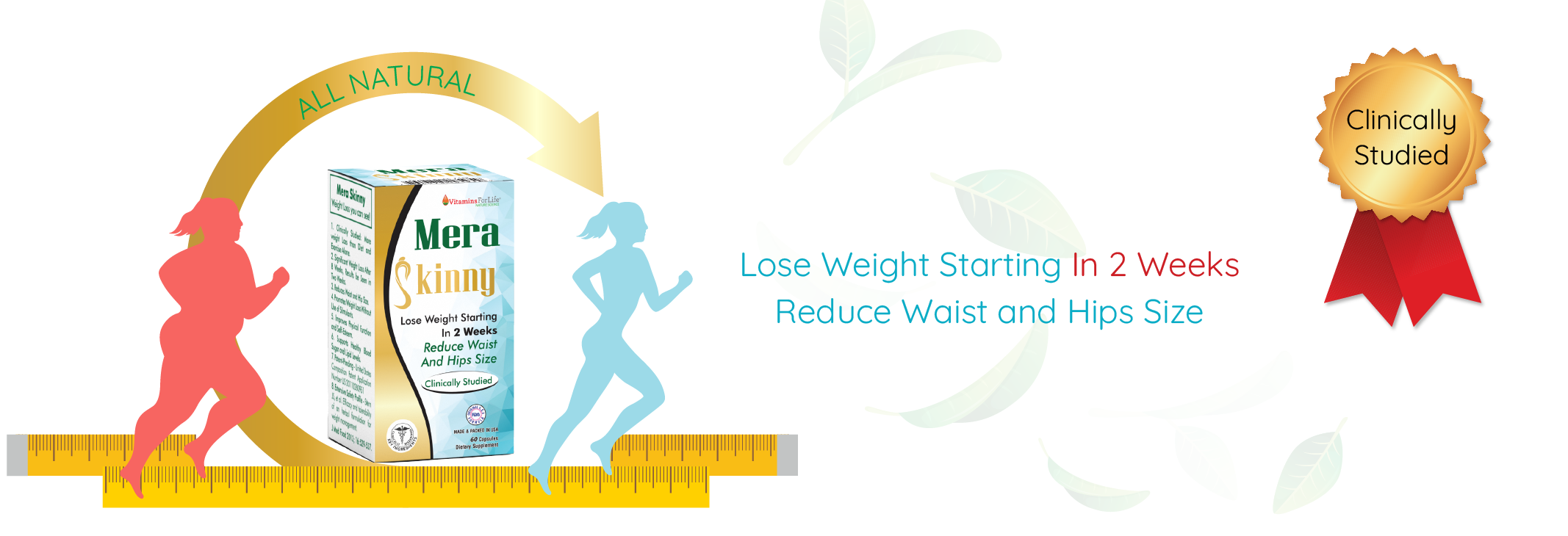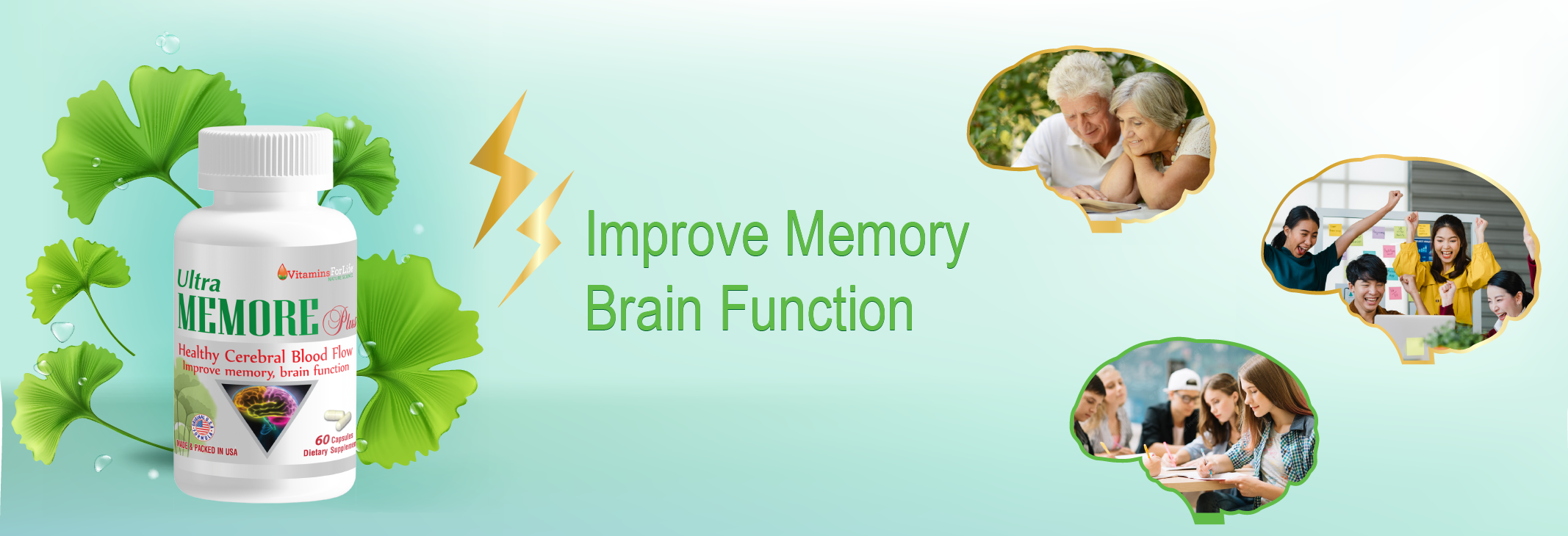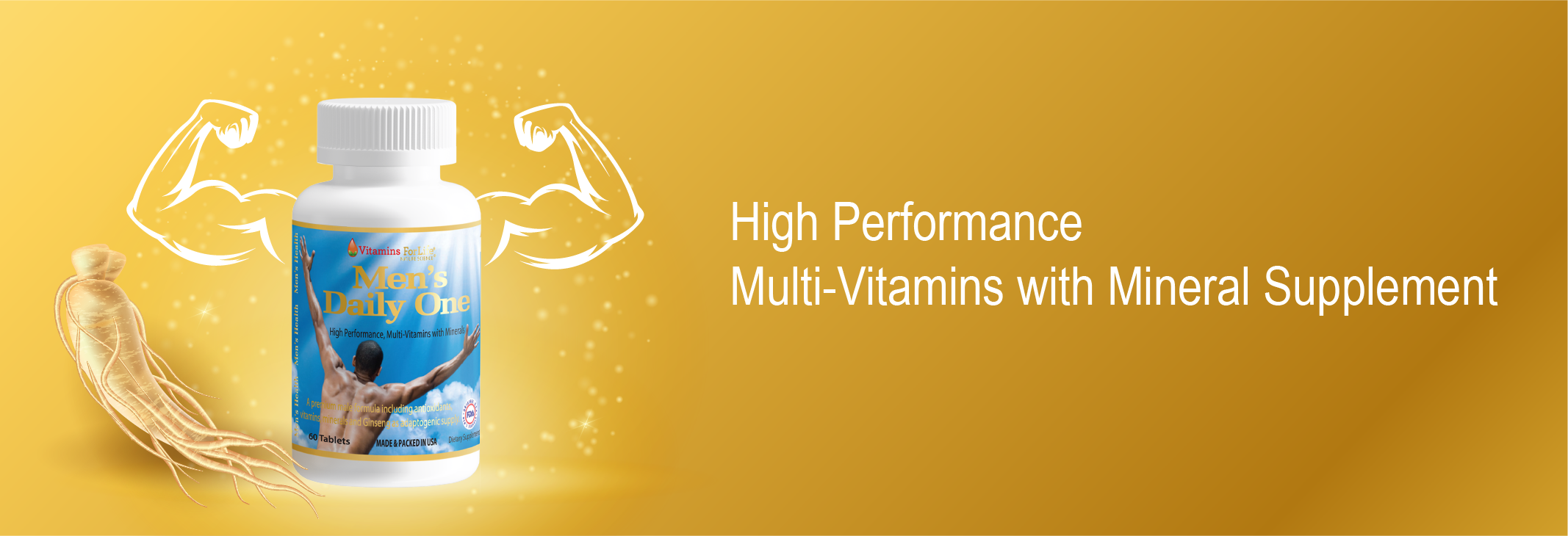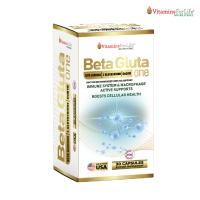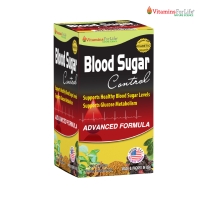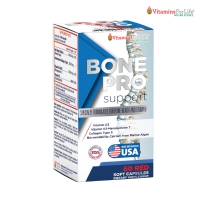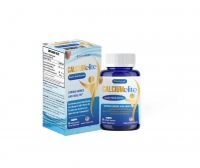Written By : Sandra Gordon | - January 2015
Do arthritic aches make motion difficult? Try these suggestions so you can move more smoothly.
Exercise Your Options
Everyone, even people with arthritis, should get 150 minutes (25 minutes per day) of moderate-intensity activity each week, such as brisk walking, according to the Centers for Disease Control. Here’s why: “Cardiovascular exercise increases blood flow to your joints, which helps remove some of the toxins associated with inflammation,” says Nathan Wei, MD, director of the Arthritis Treatment Center in Frederick, Maryland. Besides walking, try low-impact, joint-friendly activities, such as bicycling, swimming, rowing or using an elliptical machine. While you’re at it, take a strength training class. “Resistance training helps reduce the pain of arthritis by strengthening muscles around joints and improving the tone of ligaments and tendons,” Wei says. Work all major muscle groups—legs, hips, back, abdomen, chest, shoulders and arms—at least twice a week, but don’t do anything that hurts.
If you’re new to exercise, get your practitioner’s OK and start by walking for five minutes each day, working up to 25 to 30 minutes on all or most days of the week. Wei recommends developing a weight routine with a personal trainer who is knowledgeable about arthritis or exercising along with a DVD geared to arthritis sufferers.
Stretch Your Limits
A regular routine of yoga, stretching or flexibility exercises helps prevent injury and eases such daily tasks as tying shoes. The goal is to gently move and stretch different muscle groups, Wei says. Here are three basic moves; if any of them is painful, stop.
Calf stretch: Face a wall with your toes pointed inward slightly and place your palms against the wall. Keeping your knees straight and your feet flat, lean forward onto your hands without bending at the waist. Hold this position for 10 seconds, then gently push away. Repeat.
Trunk twist: Fold your arms in front of your body, forearm to forearm. Gently twist at the waist, so you’re looking over your right shoulder; hold for three seconds. Return to the center, then twist to the left and hold for three seconds. Return to center and repeat the sequence.
Upper body stretch: Stand with your back straight and your feet together. With both hands, grasp the opposite ends of a bath towel and hold the towel behind your head; hold for 10 seconds. Relax, then repeat.
Slim Down If You Need To
Losing excess pounds is one of the best ways to reduce osteoarthritis pain, improve mobility and protect sore joints from further injury. “The average person takes 2 to 3 million steps per year with normal walking. Each step causes a force on the joints (especially the knees and hips) of up to five times body weight,” says Kevin Stone, MD, founder of the Stone Clinic in San Francisco. “If you lose just 10 pounds, you may decrease the force on a joint for each step by 50 pounds.”
Weight loss can also reduce arthritis pain by decreasing inflammation. “Fat cells produce cytokines, chemical messengers that aggravate inflammation,” Wei says. “If you are overweight, you’re carrying around an inflammation-producing machine.”
Tap into the Healing Benefits of Water
Water is vital to your well-being, and that includes reducing the pain of arthritis. “Most people in the US walk around slightly dehydrated and one of the biggest areas to store water is in our joints,” says holistic nutritionist Christina K. Major of Crystal Holistic Health in Trevorton, Pennsylvania, who has rheumatoid arthritis h-erself. “When most of my clients start drinking more water, which is part of my program, they immediate feel some pain relief.”
Stone agrees. “Drinking a glass of water every hour helps lubricate the joints,” he says. In general, according to the Institute of Medicine, men and women need 13 and nine cups of fluid daily, respectively, which you can get by consuming anything watery, including soup, herbal tea, oranges and watermelon. You’ll need more fluid if you’re exercising or it’s hot outside. You’re drinking enough if your urine is pale or clear.
Water in the form of hot and cold packs—otherwise known as hydrotherapy—can also increase blood flow to joints and help decrease painful inflammation. “The time-honored treatment could be done many ways, depending on the afflicted joint,” says Meredith Murray, ND, of the New Hampshire Natural Health Clinic in Bedford. For a sore shoulder, alternate a cold pack with a moist-heat heating pad. Murray recommends soaking a sore ankle in a hot bath then a cold bath three times for 30 seconds each, ending the cold bath. “Do hydrotherapy when your joint is exacerbated or before you know it’s going to be, such as before playing 18 holes of golf, and then again when you get home,” she says.
Put Up a Food Fight
Your diet is an important part of your arthritis management plan. To minimize joint pain, “eat the rainbow,” says Candace Scholl, ND, who practices with Murray. Think of your plate like an artist’s palate and fill it with red, orange, yellow, blue, purple and green fruits and vegetables. Whether fresh or frozen, deeply-colored produce is rich in natural plant pigments as well as fiber, vitamins and minerals that work as a team to help keep your joints healthier by reducing your body’s inflammatory response.
Limit wheat, corn, peanuts, sugar and caffeine, which “can contribute to joint pain in general,” says Murray. She also recommends avoiding processed food, which typically contains additives and preservatives. “Eating nutritiously can make the other things you do to manage arthritis, such as exercising or taking supplements, more effective in the long run,” she adds.
Bolster Your Diet With Supplements
Two compounds required for the creation of joint cartilage, glucosamine and chondroitin, have long been used to help ease arthritic joints. According to the Mayo Clinic, scientific evidence “supports the use of glucosamine” for knee arthritis; it may be helpful for other joints as well.
Glucosamine and chondroitin are often used with other natural substances. MSM provides the sulfur needed to make collagen, a protein found in cartilage; some supplements contain collagen itself (TendoGuard supplies collagen in a form readily used by the body). Cetylated fatty acid esters (available as Celadrin) are natural substances that help keep joint-damaging inflammation at bay. India’s traditional medicine, Ayurveda, has long used boswellia for the same purpose; AprèsFlex supplies boswellia in an absorbable form.

